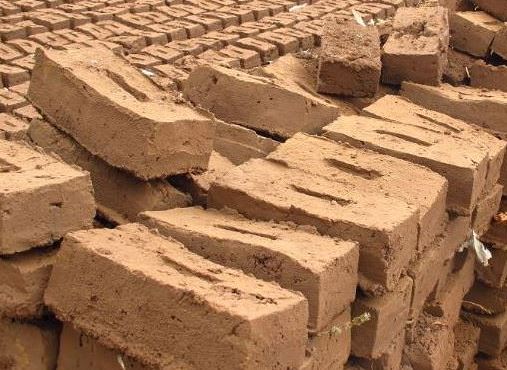When it comes to woodworking and home improvement projects, plywood is often the unsung hero. Its versatility, strength, and cost-effectiveness make it a popular choice for furniture, cabinetry, and various DIY projects. However, one common question arises among DIY enthusiasts and professionals alike: Can you stain plywood to look like wood? The answer is a resounding yes, but achieving a natural wood appearance requires a nuanced approach. In this article, we will explore the techniques, tips, and best practices for staining plywood to achieve a stunning wood-like finish.
Understanding Plywood and Its Characteristics
Before diving into the staining process, it’s essential to understand what plywood is and how its characteristics influence the staining outcome. Plywood is made from thin layers of wood veneer glued together, with the grain of adjacent layers running in opposite directions. This construction gives plywood its strength and stability, but it also presents challenges when it comes to staining.
Unlike solid wood, plywood often has a more uniform appearance, and the surface can be less porous due to the adhesive used in its production. This can lead to uneven staining if not properly prepared. Therefore, understanding the type of plywood you are working with—be it birch, oak, or pine—will inform your approach to staining.
Preparing Plywood for Staining
Preparation is key to achieving a professional-looking finish. Here are the steps you should follow:
- Sanding: Start by sanding the plywood surface with fine-grit sandpaper (220 grit is recommended). This step is crucial as it helps to open up the wood fibers, allowing the stain to penetrate more evenly. Always sand in the direction of the grain to avoid scratches.
- Cleaning: After sanding, remove any dust and debris using a tack cloth or a damp rag. This ensures that the surface is clean and ready to accept the stain.
- Sealing (Optional): Depending on the type of plywood and the desired finish, you may want to apply a wood conditioner or sealer. This is particularly important for softer woods, as it helps to prevent blotchiness and ensures a more uniform stain application.
Choosing the Right Stain
Selecting the appropriate stain is crucial for achieving a wood-like appearance. Here are some options to consider:
- Oil-Based Stains: These stains penetrate deeply and provide a rich, vibrant color. They are ideal for achieving a natural wood look but require longer drying times and more cleanup.
- Water-Based Stains: These stains dry quickly and are easier to clean up, making them a popular choice for indoor projects. However, they may not penetrate as deeply as oil-based stains, so multiple coats may be necessary.
- Gel Stains: Gel stains are thicker and sit on the surface rather than soaking in. They are excellent for achieving an even finish on plywood, especially if you are working with a less porous surface.
Application Techniques
Once you have prepared the plywood and selected your stain, it’s time to apply it. Here are some techniques to ensure a smooth application:
- Test First: Always test the stain on a scrap piece of plywood or an inconspicuous area to see how it reacts. This will help you gauge the color and finish before committing to the entire piece.
- Application Method: Use a brush, cloth, or foam applicator to apply the stain. For a more controlled application, a brush is recommended, while a cloth can provide a more rustic look.
- Work in Sections: Apply the stain in manageable sections to avoid lap marks. Work quickly and blend the edges to ensure an even finish.
- Wipe Off Excess: After allowing the stain to sit for a few minutes, wipe off any excess with a clean cloth. This step is crucial for achieving the desired depth of color.
- Multiple Coats: Depending on the desired finish, you may need to apply multiple coats. Allow each coat to dry completely before applying the next.
Finishing Touches
After staining, it’s essential to protect your work with a clear finish. Here are some options:
- Polyurethane: This is a durable finish that provides excellent protection against scratches and moisture. It comes in various sheens, from matte to high gloss.
- Varnish: Varnish offers a warm finish and is suitable for indoor and outdoor applications.
- Lacquer: Lacquer dries quickly and provides a hard, durable finish, but it can be more challenging to apply.
Conclusion
Staining plywood to resemble natural wood is not only possible but can also yield stunning results when done correctly. By understanding the characteristics of plywood, preparing the surface properly, choosing the right stain, and applying it with care, you can transform your plywood projects into beautiful, wood-like finishes. Whether you are building furniture, cabinetry, or decorative pieces, mastering the art of staining plywood opens up a world of creative possibilities. So roll up your sleeves and get ready to bring the beauty of wood into your home with plywood!

